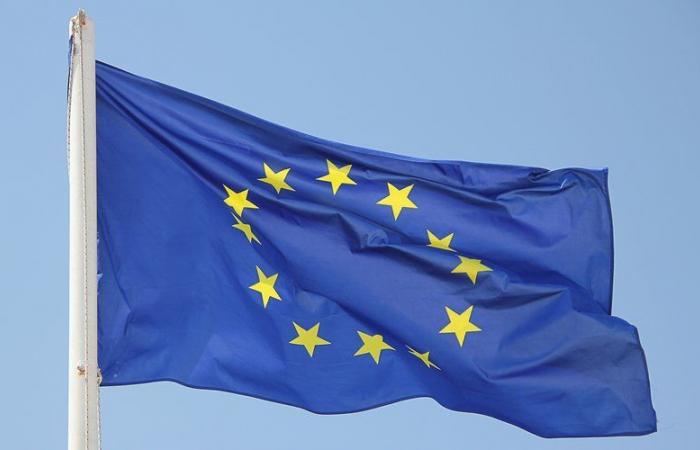the essential
In order to reduce the Social Security deficit, members of the government and deputies are proposing to eliminate a public holiday. Do the French have more than their European neighbors? Are they the champions of paid leave? Answers in figures.
The French have a total of 11 public holidays. Including five civil holidays (January 1, New Year’s Day; May 1, Labor Day; May 8, Victory Day of 1945; July 14, national holiday; November 11, armistice) and 6 religious holidays (August 15, Assumption; November 1, All Saints’ Day, December 25, Christmas and, on variable dates, Easter Monday, Ascension Thursday and Pentecost Monday).
Also read:
INTERVIEW. Elimination of a public holiday: “It’s less painful than an increase in taxes!” estimates sociologist Jean Viard
Contrary to popular belief, we are not the champions in this area. In Europe, where the number of public holidays varies almost by a factor of two depending on the country, we are even in the low average. The worst off are residents of the United Kingdom and the Netherlands, with 8 public holidays per year. Next come the Germans, Danes and Irish, with 9 public holidays. On the other side of the spectrum we find Cyprus and Slovakia, with 15 public holidays, Spain and Malta with 14 days, then Austria with 13 days.
38 days of leave in total
The events celebrated and their dates also vary depending on the people. Thus Spain or Italy celebrate the Immaculate Conception on December 8 and Germany its Unity Day, October 3. Epiphany (Things Day, January 6) is a public holiday in Austria, as are Christmas Eve and Boxing Day in several European countries. Another example: Ascension Day is only a public holiday in nine European countries: Germany, Austria, Belgium, Denmark, Finland, France, Luxembourg, the Netherlands and Sweden. Note also that there are public holidays at the local level, such as in Alsace and Moselle, which have certain public holidays in common with Germany, notably Good Friday (the day before Easter). Or Guadeloupe and Martinique which commemorate, in May, the abolition of slavery.
It is when we take into account all the days of leave that France places itself in the leading group. Indeed, when we add our 25 days of paid leave to our 11 public holidays, only four countries do better in Europe: Luxembourg (37), Austria and Finland (38), and Estonia (39). .
Fewer hours worked than our neighbors
The number of hours worked per week is another way of comparison. In 2022, according to Eurostat, this number ranged from 32.4 hours in the Netherlands to 39.7 hours in Greece and Romania. With 36.2 hours of weekly work, France is in the European averagetied with Italy and far ahead
Austria (33.7 hours), Norway (34.1 hours), Denmark and Germany (34.6 hours each).
Finally, if we refer to the annual volume, the French worker, with 1,668 hours accumulated on average in 2022, according to the Rexecode firm, is placed in second position in Europe, behind the Finn (1,640 hours). Followed by the Netherlands with (1,696 hours), Belgium (1,700 hours), Spain (1,733 hours), Portugal (1,766 hours) and Germany (1,790). This disconnection of France compared to its European neighbors is explained in particular by the transition to 35 hours. Previously, the French spent 1,950 hours per year on their work.






